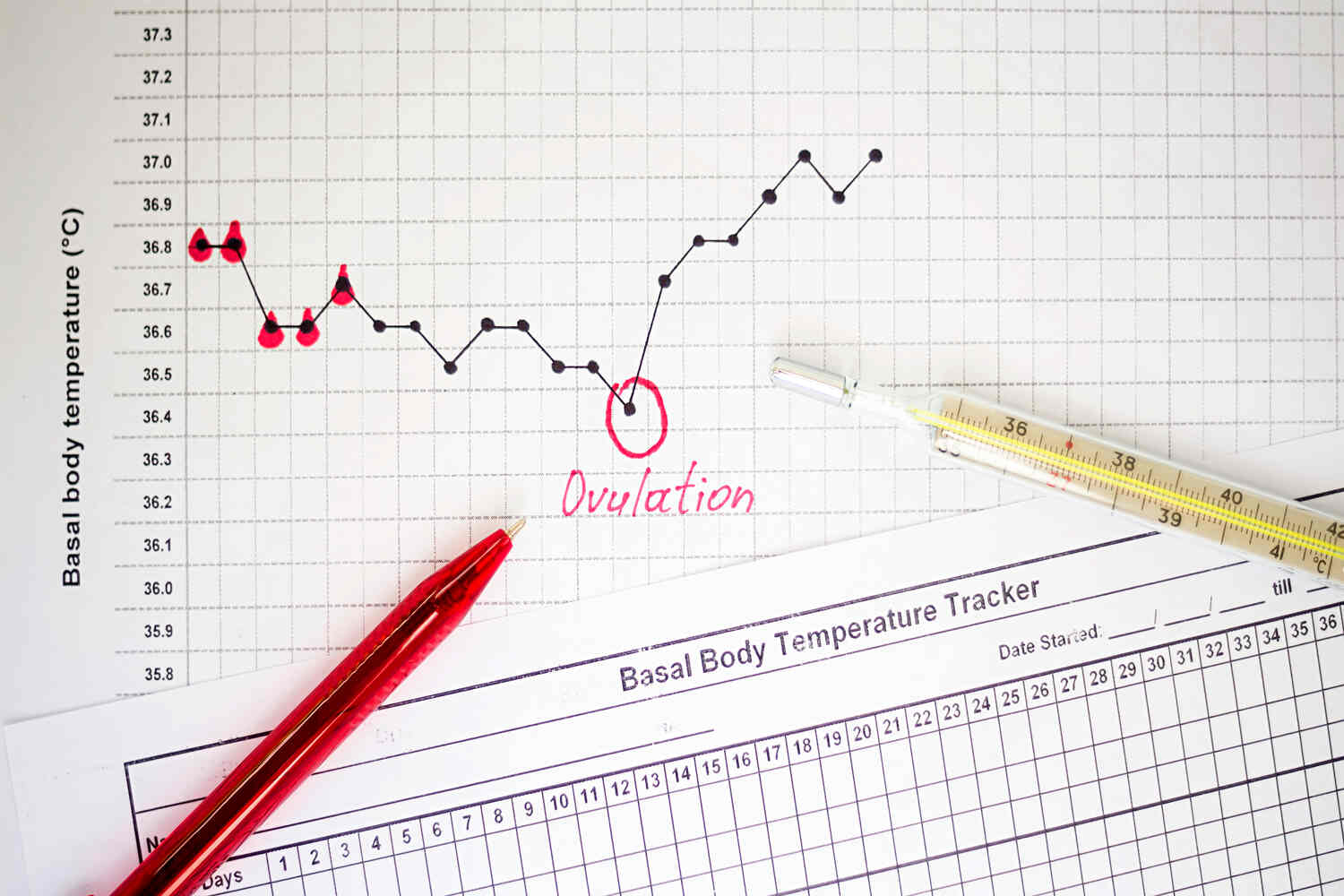
Birth Control Patch: Efficacy, Benefits And Side Effects
6 min readWritten by Sindhuja Prabhu


Birth control is important for sexually active women who are not ready to have a child. Financial situations, career limitations, preparedness for a new arrival, the reasons could be many but the precautions women can take are limited. While permanent sterilization can be done by a doctor, not all women are keen on such an irreversible procedure. They often look for other effective options which are pocket-friendly too. If you are on the lookout for a safe and versatile birth control option, we explain everything about a birth control patch.
There are temporary solutions that give a woman the freedom to use birth control as and when she pleases. Just like men have the option of condoms, women can try out different options such as contraceptive pills. These contraceptive pills can cause side effects and may not suit every woman. In such situations, women can opt for the birth control patch, which is also known as a transdermal or a contraceptive patch. The patch is a small square patch of 4 ½ cm, which goes on the skin of the woman. The best part is that you can use it whenever you want, and it can be a very handy form of avoiding pregnancy.
In This Article
- The Working of a Birth Control Patch
- Using a Birth Control Patch
- Precautions When Using a Contraceptive Patch
- How Effective Are Birth Control Patches?
- Benefits of Contraceptive Patches
- Are There Any Side Effects of Using Birth Control Patches?
- Are There Any Contraindications to Using Birth Control Patches?
- When Should I See A Doctor While Using Birth Control Patch?
- FAQ’s
The Working of a Birth Control Patch
Just like a contraceptive pill, the birth control patch will release hormones to stop the ovaries from releasing the egg. When stuck on the skin, the patch releases progesterone and estrogen, through the skin into the bloodstream. These hormones prevent ovulation. As the egg does release, pregnancy does not occur.
The hormones also cause the mucus produced in the cervix to thicken. This makes it difficult for sperm to enter. Even if an egg is released, the mucus makes it difficult for the sperm to reach the egg, thus effectively preventing pregnancy. The patch can also affect the uterus lining and prevent the fertilized egg from attaching itself to the uterus. This will prevent a successful pregnancy.
Using a Birth Control Patch
The best part about the birth control patch is that it is simple, discreet, and very effective as well. We explain the steps involved in using the birth control patch
- The patch can be stuck on the abdomen, upper part of the torso but not on the breasts, the buttocks, or even on the outer side of the upper arm – which can be obvious.
- You must use the patch based on your menstrual cycle.
- You can stick the patch on any one of the four areas on day-1 of the menstrual cycle.
- Change the patch once a week – same day every week (if the first patch was stuck on a Monday, then every Monday).
- You can use the patch for three weeks.
- Remove the patch in the fourth week to allow for the menstrual cycle to occur.
Precautions When Using a Contraceptive Patch
While using a birth control patch is simple, you must take a few precautions to ensure that the patch works effectively to help you avoid pregnancy. We list the steps you must take when using a birth control patch.
- Use extra protection during the first week of the patch, to prevent any accidents if the patch hasn’t taken effect yet.
- In case the patch becomes loose or falls off, you require to use some other form of protection and also consult your doctor.
- If the patch is discontinued, start using another form of birth control only after 24 hours.
- Do not pull off the patch to reposition or stick back after a workout or a swim. It will cause the patch to lose its effectiveness, which can result in accidental pregnancies.
With these steps, you can ensure that you get the maximum mileage from your birth control patch in terms of preventing pregnancy.
How Effective are Birth Control Patches?
Studies show that these birth control patches are as effective as the contraceptive pills – which are 99% effective. But remember, the patch can be less effective for women who are overweight. Since the patch works by releasing hormones into the bloodstream, being overweight might affect the ratio.
Though the patch is waterproof and can be worn without a worry during a shower or a bath, and workouts, it can fall off if exposed to water for a very long time. This means regular swimmers and women who are required to be in the water for a long time (aqua therapists, surfers, divers, etc.) might have to use extra or alternate forms of birth control. Some medications can also interfere with the patch. Let your doctor know about all your medications when they prescribe a birth control patch.
Overall, the risk of an unwanted pregnancy while using a patch is similar to that of a condom or contraceptive pill. So, you need to be cautious and watch out for pregnancy symptoms even if you are on the patch.
[Read : Birth Control Pills]
Benefits of Contraceptive Patches

They have their own set of advantages when compared to other forms of birth control. We list the positives of a patch over other contraception forms.
- It is not invasive like the IUD or a contraceptive implant and not permanent like sterilization either.
- You need not wait for a few hours before having intercourse, like the diaphragm.
- You, as a woman, have control over birth control. You needn’t worry about your partner not using protection.
- The patch is easy to apply and you needn’t look for outside help.
- You need not interrupt sex for contraception like the condom.
[Read : What Are The Different Contraception Methods?]
Are There Any Side Effects of Using Birth Control Patches?
A patch has its own set of disadvantages and side effects just like other forms of birth control. The side effects a woman can expect when on a patch are
- Headaches
- Abdominal pain
- Diarrhoea
- Acne
- Menstrual pain
- Weight gain
- Mood swings
- Dizziness
- Vomiting or nausea
- Tenderness or pain in the breasts
- Bleeding or spotting
- Increased risk of heart attacks, strokes, gallbladder diseases, hypertension, liver cancer, and problems with blood clotting
- Skin irritation
- Muscle spasms
- Fatigue
- Fluid retention
- Vaginal infections or discharges
Are There any Contraindications to Using Birth Control Patches?
These patches are not for everybody. They are not a suitable type of contraceptive for you if you meet one or more of the following conditions
- Are older than 35 years
- Smoking habit
- Cardiac issues
- History of cancer
- Liver disease
- Complications due to diabetes
- Vaginal bleeding
- Overweight
- Skin issues that can interfere with the absorption of hormones
- Due for a surgery
- Are on certain medications
- Have a history of blood clots
In the above-listed situations, you may need to stay away from patches as a form of conception. Alternatively, you can consult a doctor and take their advice on whether the patch will be safe for you.
When Should I See a Doctor While Using Birth Control Patch?

Using a patch for birth control is not 100% effective. Accidents do happen. There are times when it is important to consult your doctor if you want to avoid a pregnancy.
Some instances where you ought to meet your doctor as soon as possible are when you
- Notice the patch has moved or come loose.
- Your menstrual cycle does not resume even after two weeks of discontinuing the patch.
- Experience any side effects mentioned earlier.
- Feel other hormonal changes in your body.
- Have missed changing the patch on time but had sex in the due course.
- Observe a lump in the breast that lasts for more than two menstrual cycles.
All forms of birth control have their own set of advantages and disadvantages. However, they are definitely a better option than getting pregnant when you are not ready to. Though there are over-the-counter morning-after pills for emergencies, some states in India have banned them and doctors are not in favour of regular use of these pills. We hope this article has given you all the information you were looking for regarding the use of patches for avoiding pregnancy.
Use protection and stay safe!
[Read : 8 Common Oral Contraceptive Pills In India]
FAQ’s
1. Is it Safe to Use a Birth Control Patch?
Yes, it is. It is as safe as using a contraceptive pill. This is a non-invasive and effective way to prevent pregnancy.
2. Can I Get Pregnant if I Discontinue the Use of a Birth Control Patch?
Yes, you can. Once you discontinue the patch, hormones will settle down and ovulation will occur. One can get pregnant during this time.
3. Do I Need a Doctor’s Prescription For a Birth Control Patch?
Yes, you will need a prescription. Your doctor will check your blood pressure and family medical history. They will also take note of other medications you are taking, before prescribing a birth control patch.
4. Will a Birth Control Patch Affect Fertility?
No, it does not. However, it can delay your ovulation or pregnancy. The menstrual cycle might take a few months to return to normal.

Sindhuja Prabhu,M.Sc (Psychology),PGDBM
Sindhuja, a mother of two, is an obsessive mom with a keen interest in psychology, especially child psychology. Her quest for knowledge and way with words led her to become a passionate content writer. She transformed her love for writing into a full-fledged career which incidentally also turned up being the perfect stress buster for the last 5 years.Read more.
Responses (0)
Want curated content sharply tailored for your exact stage of parenting?
Related articles

Bloating During Ovulation – Signs and Tips to Manage

What Are The Indications The Ovulation Has Ended?

Fertility Supplements and Vitamins For Women – Do They Help to Get Pregnant?

Preconception Detox For Fertility- Safety, When to Consider and Side Effects

Endometrial Biopsy For Infertility – A Complete Guide

Cramping After IUI – Causes, Symptoms and Tips to Manage It
Sponsored content
Discover great local businesses around you for your kids.
Get regular updates, great recommendations and other right stuff at the right time.





